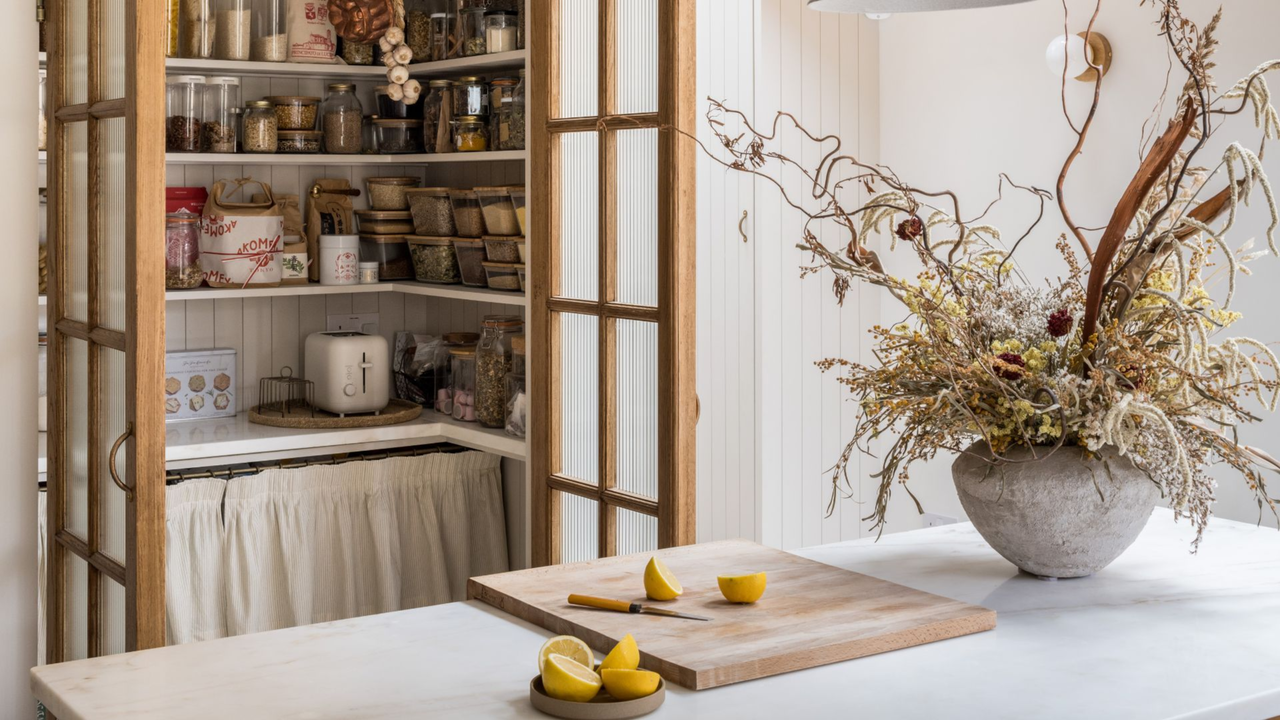
It seems like everything is toxic nowadays. Your boyfriend, your friend group, and now your chopping boards, too. Who can you trust anymore?
Well, while we may not have the answers for sorting out your gaslighting situationship, we do have a solution for the problem of your food prep surfaces. Introducing: non-toxic chopping boards.
If you spend time making sure your food is all organically sourced, and take a fistful of vitamins every morning, but are still using the same old wood or plastic cutting boards you've had for over a decade, you're missing a trick.
These chopping boards are all designed with your health and safety in mind, so you can go forward knowing your meals are as non-toxic as possible. If only they made a version for people, too.
What Makes Chopping Boards Toxic?
When you think about it, it makes sense that your chopping board will have a direct effect on the food you're consuming. After all, if you're preparing your food on that surface, if there are any nasty toxins lingering on the material, they are bound to jump directly onto your food. Choosing a non-toxic board instead can help you prevent any unnecessary exposure to these toxins in your modern kitchen.
So, what are the main materials to avoid?
Plastic is perhaps the most obvious offender of all the chopping board materials. While they are widely available thanks to their low price tags, they run the risk of exposing you to harmful chemicals and transferring microplastics into your food. This occurs once the surface of your chopping board is scratched. The once solid material then releases thousands of microplastics, which can make their way into your food, and then your body.
Perhaps a slightly more surprising danger, many experts warn against the use of bamboo cutting boards. While bamboo bedding and bamboo flooring have been celebrated as feats in sustainable design, the chopping boards boast less attractive side effects. Many bamboo boards are formed using adhesives that include formaldehyde, a known carcinogen. Additionally, the porous nature of this material leaves it open to the absorption of liquids, which can result in warping over time.
MDF boards, similarly, are often constructed using formaldehyde-rich adhesives. This becomes particularly dangerous when the board encounters higher temperatures, triggering the release of more formaldehyde fumes.
What to Use Instead
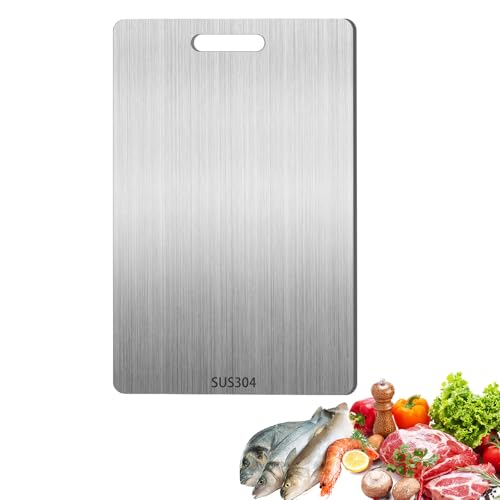
Not just a cool piece of chrome decor, titanium cutting boards are a great non-toxic option as the material has very low porosity, meaning it won't absorb or harbour any harmful bacteria.
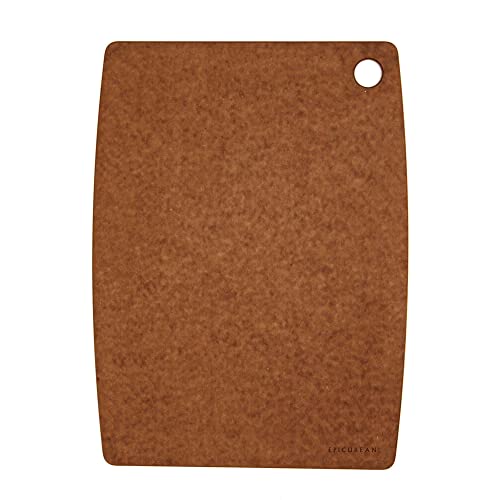
Recycled paper and wood fiber is the non-toxic material you might not know about, but that makes for a brilliant cutting board. They're dishwasher safe (unlike traditional wood), won't blunt your knives, and are naturally antibacterial. Try this design, or the Smidge recycled paper cutting board, on for size.
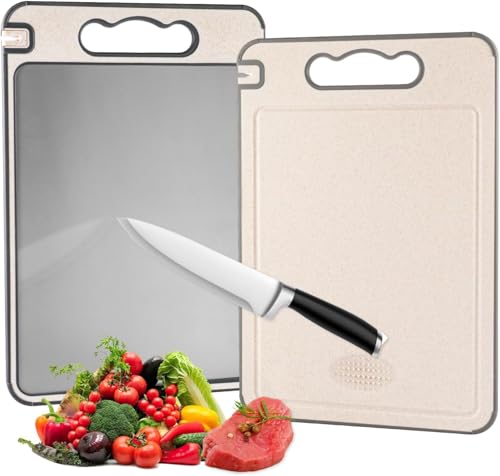
This smart double-sided board offers you the best of both worlds, with a titanium surface as well as an eco-friendly wheat-straw side, too, made from the natural materials left over after a wheat harvest. The titanium board is perfect for your everyday chopping needs, and the non-toxic wheat straw backing keeps it nice and sturdy.
When it comes to food safety, there's a minefield of information out there, much of it littered with fear-mongering rhetoric, so remember to keep a level head in your research. But when it all gets to be too much, switch over to something that will never let you down, like our gorgeous kitchen worktop ideas.
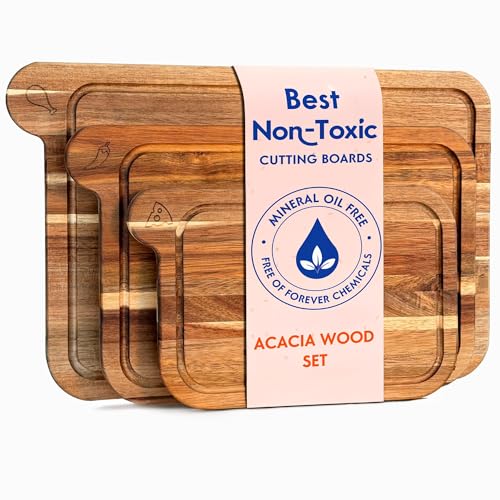
Not only are these chopping boards made from FSC-certified wood and finished with an all-natural, food-safe treatment, but they also come in three different sizes with a handy icon engraved on each board, so you can be sure you won't accidentally suffer any cross-contamination.
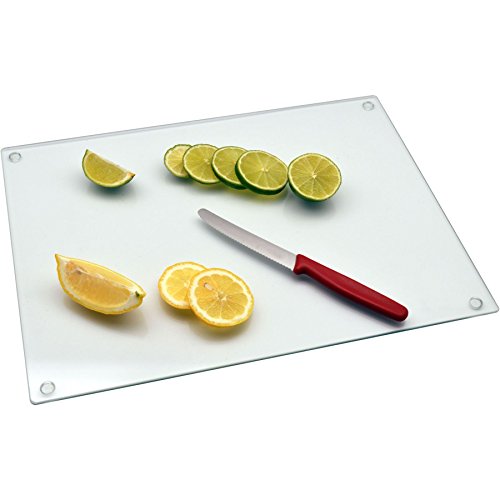
Glass chopping boards are a great option for limiting toxicity as they are practically completely non-porous, so you can be sure no nasties are getting absorbed by your board. They are, however, notoriously harsh on knives, so bear that in mind.
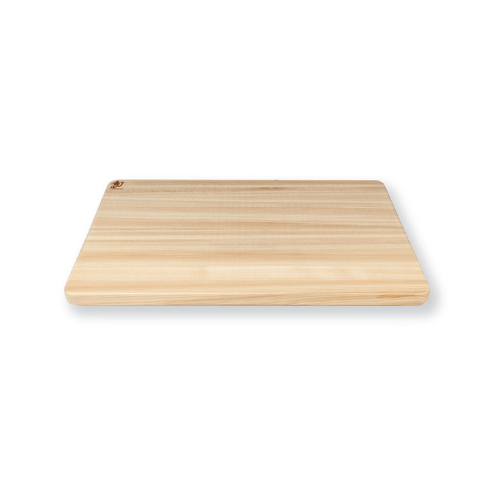
Hinoki wood has long been revered in Japanese society for its natural anti-bacterial properties, making it a perfect chopping board material. Plus, it doesn't hurt that it looks lovely, too.
We also have a list of the five things you shouldn't keep on your countertops, to ensure your cutting environment is clutter-free, too.







